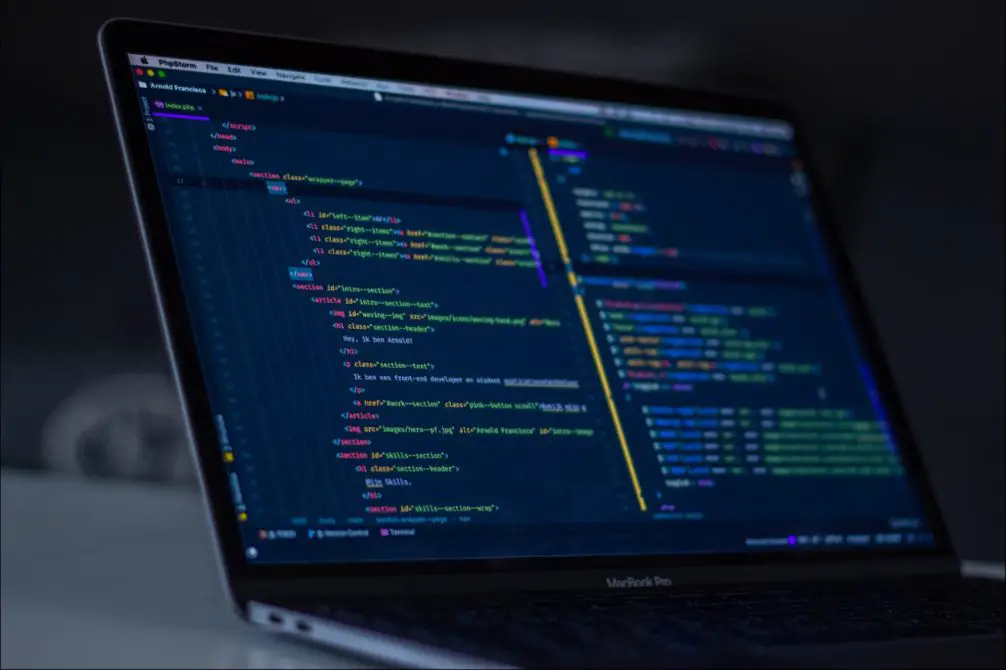
Introduction
In today’s world of online applications, it’s important to keep our sensitive information safe, follow the rules, and be ready to handle possible issues. Organizations are dealing with lots of new technology and also facing more risks from online dangers. That’s why it’s crucial for them to have a smart and careful plan to protect their digital stuff.
SSPM not only tackles today’s challenges but also sets the stage for a secure digital future. This article talks about how SaaS Security Posture Management (SSPM) plays a big role in helping organizations stay safe from modern risks. We’ll explore the key parts of a strong security plan, compare SSPM with other tools, and see how to put SSPM into action.
Understanding Proactive Risk Reduction
In the dynamic landscape of today’s digital world, organizations must proactively address potential security threats. Employing Proactive Risk Reduction Strategies, particularly when integrated with SaaS Security Posture Management (SSPM), becomes crucial. These strategies involve the preemptive identification and mitigation of risks before they escalate into security incidents. Leveraging SSPM tools allows businesses to continuously monitor their security posture, detect vulnerabilities, and take proactive measures to minimize risks. This not only strengthens overall security but also establishes a resilient defense against the evolving threats faced by organizations in the digital realm.
Benefits of SSPM for Organizations
Implementing SaaS Security Posture Management (SSPM) brings several benefits to organizations. It enhances their security posture and navigates modern digital environments. Here’s a look at the advantages:
- Enhanced Security: SSPM strengthens overall security by providing real-time monitoring, automated compliance checks, and user activity analytics.
- Simplified Compliance: SSPM automates compliance checks. It ensures that SaaS applications adhere to industry regulations and standards without manual effort.
- Increased Visibility: SSPM offers visibility into SaaS activities. It issues alerts for suspicious behavior and unauthorized access and enables swift response to security incidents.
- Customized Security Measures: SSPM allows customized security policies for each SaaS application’s unique features and settings.
- Empowered Users: Through user training and awareness programs, SSPM educates users on SaaS security features and best practices. This empowers them to contribute to security efforts.
- Future Readiness: By proactively managing SaaS security, organizations can confidently embrace cloud computing advantages. This mitigates risks and ensures compliance in the ever-evolving digital landscape.
Key Features of SaaS Security Posture Management
The effective management of SaaS security posture demands a multifaceted approach, and SaaS Security Posture Management (SSPM) emerges as a crucial ally in this endeavor. Here, we delve into the key features that distinguish SSPM as an integral component of a robust security strategy:
Policy Creation and Enforcement
SSPM helps organizations set and enforce security policies for their SaaS applications. This means making sure access controls and data protection are in place. It also involves adjusting settings to match industry rules and best practices. Standardizing and enforcing policies ensures a safe SaaS setup.
Automated Compliance Checks
Automated compliance checks are crucial for businesses to meet industry regulations. SSPM solutions are a big help here. They automate these checks, making things simpler. With SSPM, SaaS applications can stick to the standards and rules they need to follow. This happens without needing manual work. SSPM makes compliance easier and lowers the risk of breaking the rules.
Real-Time Monitoring and Alerts
In the ever-evolving cloud environment, continuous monitoring is not just a best practice; it’s a necessity. SSPM provides real-time visibility into SaaS activities. And issues alerts for any suspicious behavior, unauthorized access, or deviations from established security policies. This proactive approach allows organizations to respond swiftly to potential threats.
User Activity Analytics
Understanding user behavior is a linchpin in detecting potential threats within the SaaS landscape. SSPM leverages advanced analytics to monitor user activities within SaaS applications, identifying anomalies that may indicate a security incident. This insight adds a layer of proactive defense to the overall security posture.
Implementing SaaS Security Posture Management
Embarking on the journey of implementing SaaS Security Posture Management involves strategic planning and execution. Here, we outline the key steps in adopting SSPM to fortify your organization’s SaaS security.
Comprehensive SaaS Application Inventory
To build a resilient SaaS security foundation, organizations must begin by creating a comprehensive inventory of all SaaS applications in use. This initial step is crucial for understanding the scope of SaaS security requirements, laying the groundwork for tailored security measures.
Tailoring Security Policies
The effectiveness of SaaS security policies lies in their specificity. Organizations should develop and implement security policies that are specifically tailored to each SaaS application. Considering the unique security features and settings offered by each application ensures a customized and effective security posture.
Automated Security Audits
Regular security audits are the heartbeat of a strong security posture. Implementing automated security audits ensures a proactive and ongoing assessment of the security posture of SaaS applications. This continuous evaluation promptly identifies and addresses any misconfigurations or vulnerabilities.
User Training and Awareness
Users are the first line of defense in any security strategy. Educating users on the security features of the SaaS applications is important. It’s a crucial component of building a robust SaaS security posture. Promoting best practices fosters a well-informed user base, adding a human layer of defense.
Conclusion
Building a strong SaaS security posture with SSPM is essential for organizations leveraging cloud-based applications. By adopting a proactive and centralized approach to SaaS security, businesses can mitigate risks and ensure compliance. SSPM helps organizations confidently embrace the advantages of cloud computing. As SaaS continues to play a pivotal role in modern business operations, prioritizing SSPM becomes a strategic imperative for safeguarding organizational assets in the ever-evolving landscape of cloud security.